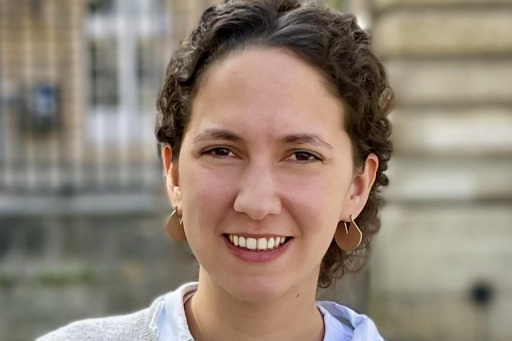Within the Collège de France, the “Solid state chemistry-Energy” group, which reunites 14 people, 4 permanent staff and the rest being PhD’s and Post-docs, focuses on the fundamental science of materials for energy storage and conversion devices. Today’s research interests deal with:
- The structural design of new high voltages insertion materials together with the search of new Li reactivity mechanisms,
- The mastering of interfaces,
- The development of novel eco-efficient synthesis processes including inorganic and organic electrode materials,
- The exploration of other chemistries beyond Li-ion such as Na-ion, Li-air, Na-air and redox flow batteries. In parallel, the group devoted research efforts towards the design of new class of materials merging the field of battery materials and of electro-catalysts for water splitting applications through the understanding and the control of oxygen redox on the surface and the bulk of transition metal oxides.
A few of the group recent advances since joining the College de France are listed below:
- It gave birth to new polyanionic sulfate electrode materials containing low cost Cu or Fe as redox centers,
- It demonstrates for the first time, via a totally new chemical approach, the reversibility of both cationic and anionic redox processes in Li-rich layered materials, hence opening research avenues towards the design of materials enabling extraordinary increases in energy storage capacity,
- It provides, via the addition of an electrochemically spectator metal such as tin, a solution to minimize cationic migration within layer oxides and hence their voltage decay upon cycling, hence offering a promising future for industrialisation of the Li-rich layered oxide,
- It brought to the battery community, with the development of in-situ EPR imaging, a new analytical tool capable of unique information about the nucleation-growth of the anionic and cationic redox species at battery electrodes.
We carry out the above activities dealing with synthesis, electrochemistry and structural characterization in our newly built and furnish lab at the Collège de France, while for analytical characterization we enjoy access to the state of the art analytical platforms pertaining to the French RS2E: http://www.energie-rs2e.com/fr







